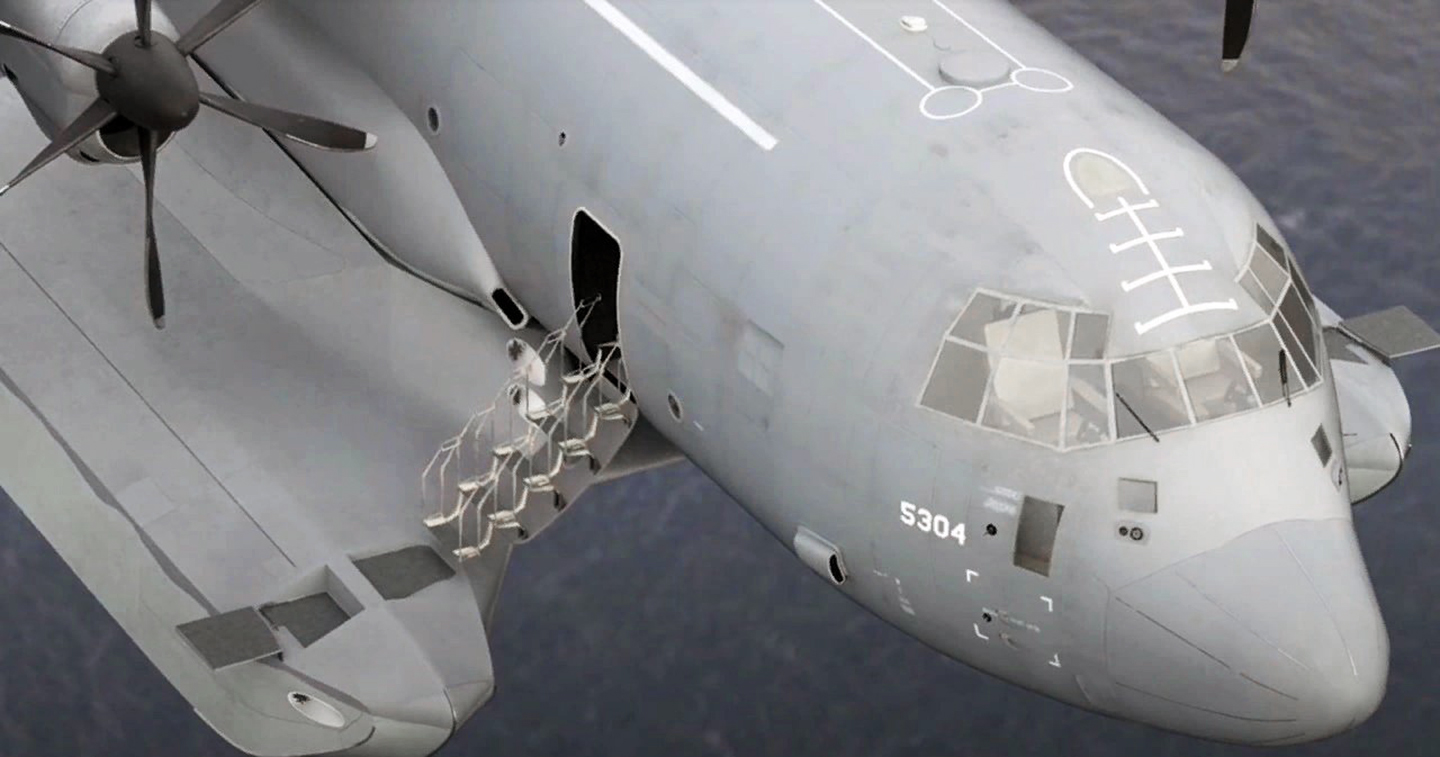An amphibious version of the special operations MC-130J Commando II multi-mission combat transport should take flight by next year, the head of Air Force Special Operations Command (AFSOC) said Tuesday.
“We’re awaiting the outcome of the 23 [Fiscal Year 2023] budget process that continues to work its way through the Hill right now,” Lt. Gen. James Slife told reporters at the Air and Space Forces Association (AFA) Air, Space, & Cyber Conference in National Harbor, Maryland. “But our anticipation is that we will have a flying demonstration in the next calendar year.”
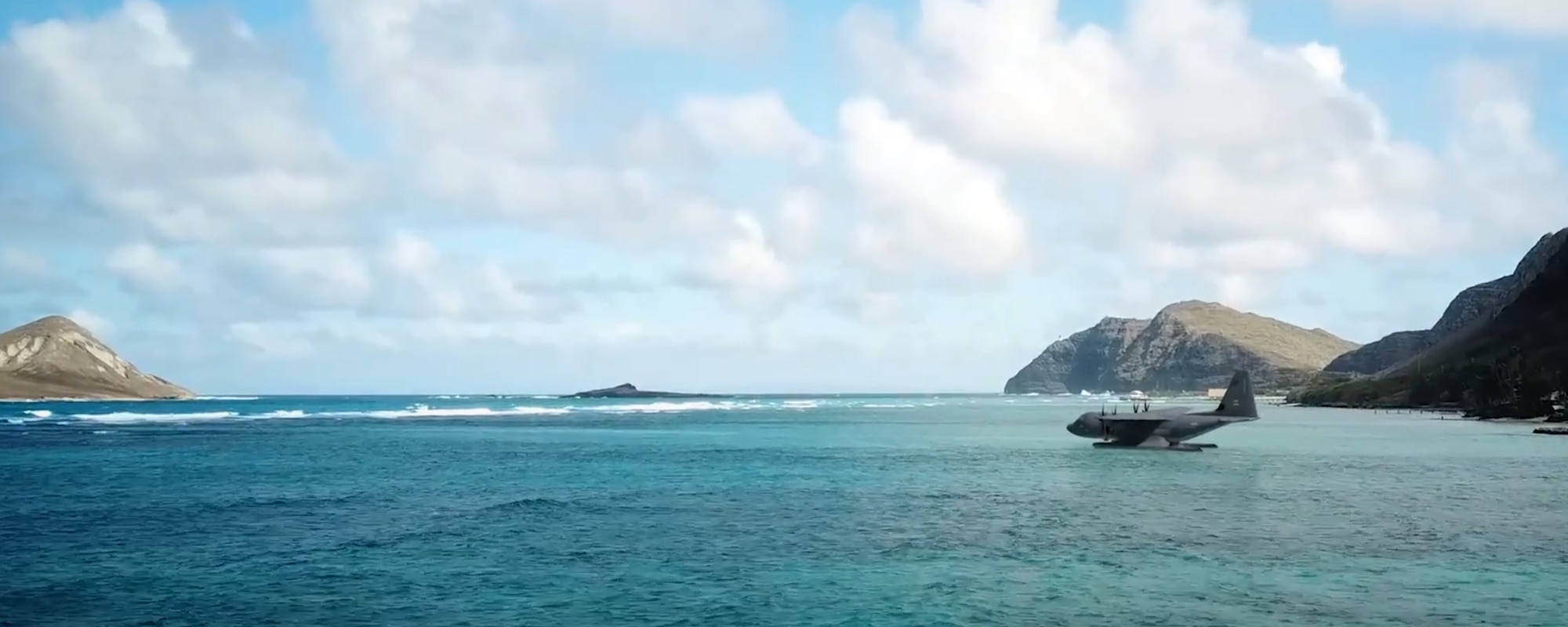
That’s a change from what Slife said last year.
“I can say with certainty that our plan is to conduct a demo by the 31st of December next year,” Slife said last September in a roundtable with media, according to Defense News. Slife emphasized that a flying demo would most likely feature a single aircraft and would be aimed at validating digitally engineered models that the program has run so far on the aircraft’s capabilities.
We reached out to AFSOC to explain what changed and will update this story with any additional information. Regardless, this unique capability is still being pursued with the aim of moving to the flight testing phase, and as some would say its justification becomes clearer with each passing month.
In an age of increasing concern over threats from China, U.S. Special Operations Command (SOCOM) has been looking for ways to move people and equipment to austere locations in or at the edge of potentially contested areas. Being able to take off and land on the water offers a lot of advantages. The MC-130’s ability to use short, often rugged airstrips has made it an attractive platform to consider for such capabilities.
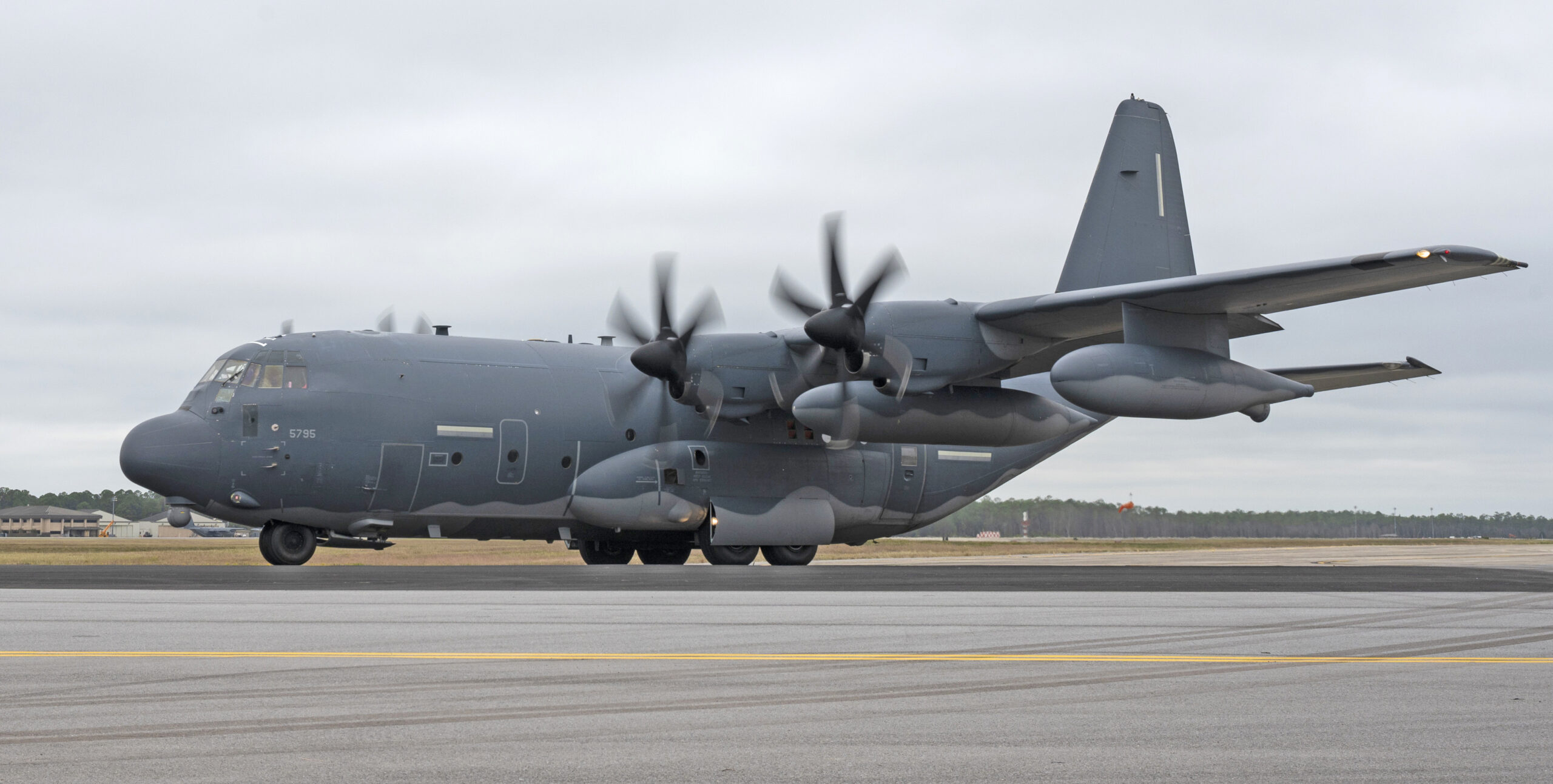
A potential conflict with China would likely have distributed U.S. forces operating in far-flung locations that could be hard to reach with conventional air and sea lift. Marine Corps Commandant David Berger’s Force Design 2030 concept is based on prepositioning troops in range of Chinese weaponry. On Monday, Air Force Gen. Kenneth Wilsbach talked about having supplies prepositioned across the region in anticipation of Chinese efforts to cut off supply lines.
Being able to take off and land on water has the potential to address those issues and concerns. Decades of evolutionary development have gone into the MC-130J along with large sums of money to integrate unique navigation, communications, and survivability enhancements onto the airframe. So, while there is clearly a tradeoff using a C-130 on floats over a flying boat, for instance, it would be very expensive and time-consuming to fit such an aircraft out with the MC-130’s existing capabilities, which center on getting in and out of hostile territory alive.
You can read more about the concept and its pitfalls and advantages in our previous coverage here.
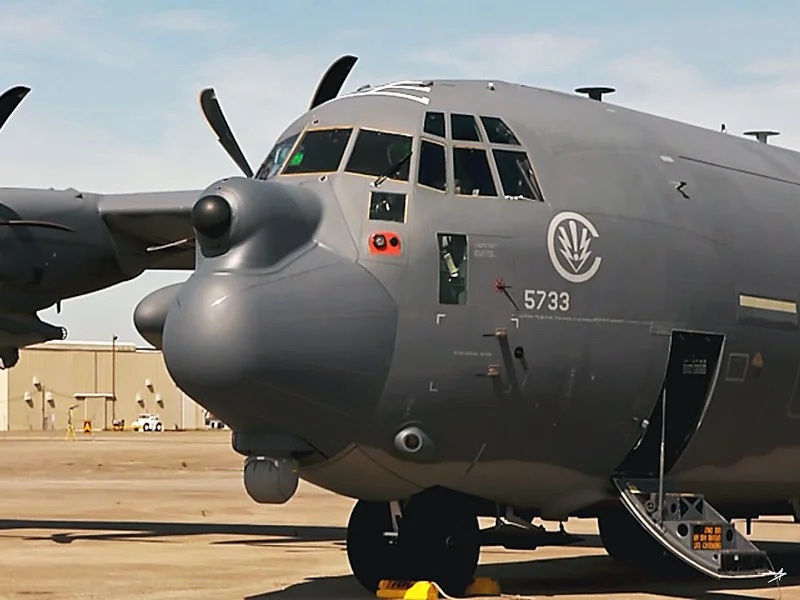
“We’ve kind of done all the modeling and simulation, and we settled on a general design layout for the way we’re going to do that,” said Slife of the aircraft design, which has been dubbed the MC-130J Commando II Amphibious Capability, or MAC. “We’re going through wave tank modeling to make sure that the design that we selected is stable and looks like it’s going to be operationally viable for us.”
AFSOC is working with the Air Force Research Lab’s (AFRL) Strategic Development Planning and Experimentation (SDPE) directorate to develop the MAC “to improve the platform’s support of seaborne special operations,” AFSOC said in a September 2021 media release.
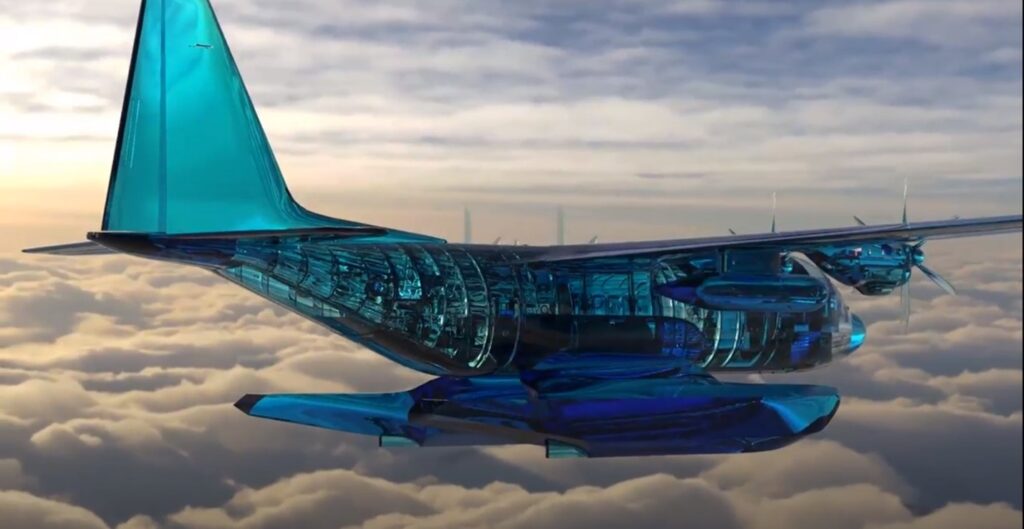
“The development of the MAC capability is the culmination of multiple lines of effort,” Lt. Col. Josh Trantham, AFSOC Science, Systems, Technology, & Innovation (SST&I) Deputy Division Chief said at the time. “This capability allows the Air Force to increase placement and access for infiltration, exfiltration, and personnel recovery, as well as providing enhanced logistical capabilities for future competition and conflict.”
But AFSOC would not be the only beneficiary of this capability, Trantham said.
“We believe MAC will be able to be used by our sister services, allies, and partners on various C-130 platforms,” he said. “Further, expanding the operational use of an amphibious aircraft alongside other innovative tools will provide even more complex dilemmas in future battlespaces for our strategic competitors.”
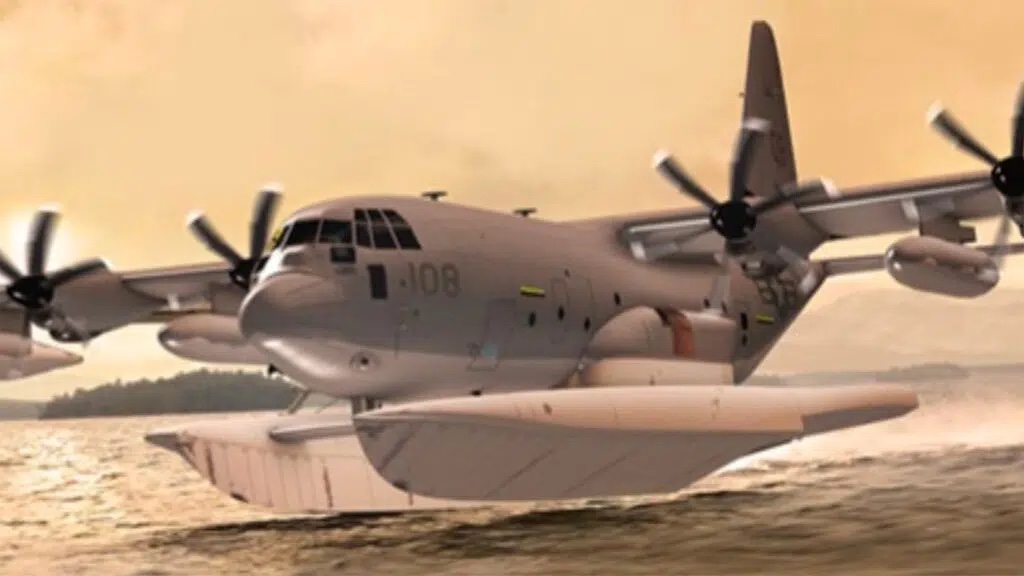
In addition to wave tank testing, AFSOC and its private sector partners have been testing MAC prototypes through “digital design, virtual reality modeling (VR), and computer-aided designs (CAD) in a virtual setting known as the Digital Proving Ground (DPG), paving the way for digital simulation, testing, and the use of advanced manufacturing for rapid prototyping and physical prototype testing,” according to AFSOC.
Slife on Tuesday said the modeling and simulation “has all gone real well.”
“That’s the beauty of digital design and doing all this with a digital model of the C 130,” he continued. “The wave tank testing that we’ve done so far indicates that the design that we picked is performing just the way we kind of anticipated that it would.”
The Air Force is making “an amphibious modification” to the C-130, Slife had said earlier this month said at AFA’s Warfighters in Action, according to Signal Magazine. “It is not a floatplane. It will have the ability to land on both land and water.”
“We ran through a series of testing to figure out, ‘Do we want to do a catamaran or a pontoon or a hull applique on the bottom of the aircraft?’ “ he said at the time. “We went through all the iterations of that. And we settled on a design that provides the best trade-off of drag, weight, and sea-state performance.”
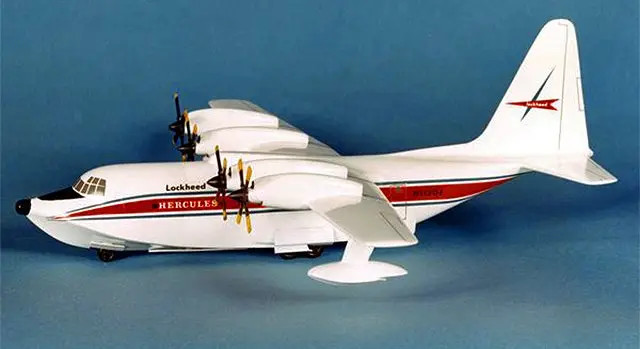
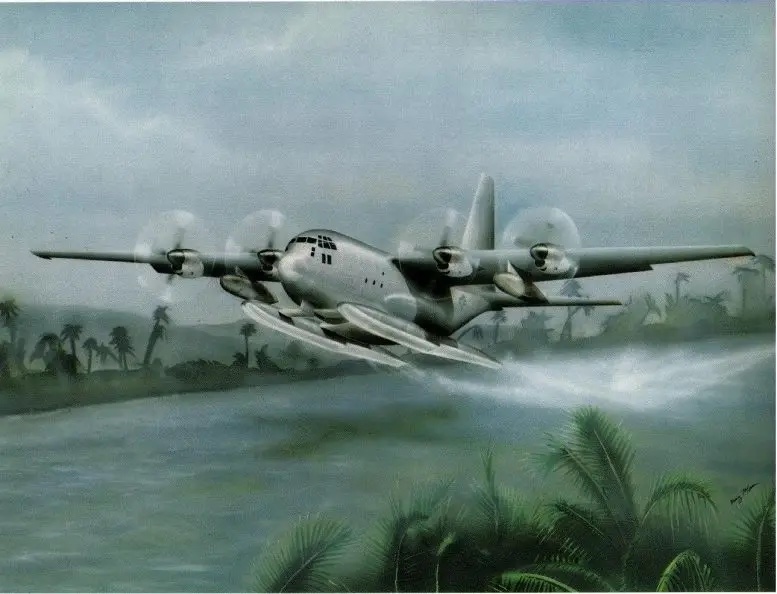
Though looking forward to what the MAC would bring to seaborne special operations, Slife was realistic about what it can and cannot do.
It would not, for instance, be instantly adaptable, he said on Tuesday.
“The amphibious capability is field installable, but it’s not like a put-it-on take-it-off for a particular sortie,” said Slife. “It’s going to take a little bit of time. It doesn’t have to go to a depot to be installed. Unit-level maintenance will be able to install this capability.”
Despite the MAC’s limitations and Slife’s interest in amphibious aircraft, he said AFSOC will not seek a new aircraft procurement program — one that goes beyond a kit for a C-130 — any time soon.
“In a world of unlimited resourcing, I would absolutely be invested in an amphibious capability,” said Slife. “But that’s not actually the world that we live in. There are some great amphibians out there. But, you know, we’re not, anytime in the foreseeable future, going to be involved in a new aircraft procurement program to get into that. We may find ourselves in a position where we could lease airplanes, you know, for purpose, from time to time.”
Earlier this year, airmen got to check out the Japanese ShinMaywa US-2 amphibious aircraft during the latest iteration of the Cope North exercise, which took place earlier this year in the Asia-Pacific region.
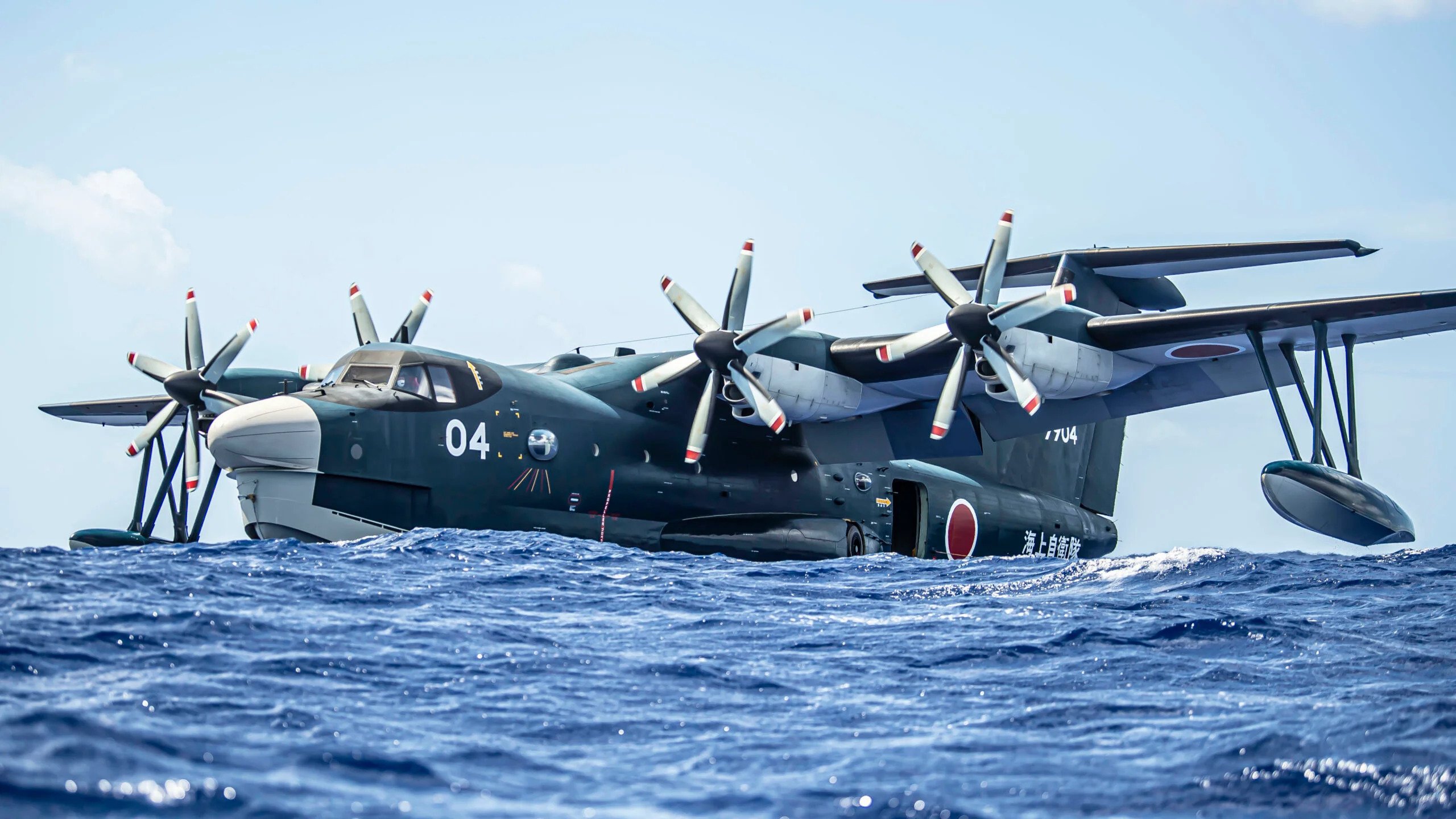
Last November, an AFSOC delegation visited Iwakuni Air Base in Japan to learn more about the amphibian and its concept of operations. At that time, JMSDF personnel briefed Maj. Gen. Eric Hill, AFSOC deputy commander, and 353rd Special Operations Wing leadership, in an exchange that was described as “further enforcing the iron-clad partnership between the United States and Japan.”
We covered that extensively, which you can read about here.
The exposure to one of the few amphibians in military service today came as the service was looking increasingly at the amphibious C-130 Hercules configuration.
In contrast to Slife’s reluctance to pursue a new, purpose-designed amphibious plane, China has already developed one.
The AG600 flying boat, known as the Kunlong, made its maiden flight in 2017. The roughly 737-sized aircraft flew for a short period of time from Zhuhai airport in Guangdong province. An updated version made its maiden voyage earlier this year, OverDefense.com reported.

The AG600 was designed to provide a unique capability when it comes to supporting China’s extra-territorial claims located hundreds of miles from the Chinese mainland. Most notably the aircraft will be used to support the country’s highly disputed and ever-growing man-made island outposts in the South China Sea.
China’s latest five-year plan, covering 2021 to 2025, identified the AG600 as a “key program, because of the country’s urgent need for an emergency rescue aircraft, and especially the strategic requirement for equipment that can serve its far-reaching bases in the South China Sea, Business Insider reported. But as usual, the other military implications of having such a capability were omitted from China’s justification.
As the U.S. military’s focus increases on austere and distributed operations, the amphibious C-130 will likely become more of a priority. But regardless, if things go as planned, we should finally see a C-130 floatplane within a year.
Contact the author: howard@thewarzone.com
